I don’t think the Muppets could have been created anywhere but America. As bizarre as their universe is — where tiny little bunnies and 7-foot tall monsters and ordinary looking humans all coexist without comment — it is at the same time very familiar. Our country at its best is all about the intersecting and blending of different cultures and diverse people. The Muppets represent the ideal America: everyone getting along and working together no matter how different they are; thriving not in spite of, but because of their diversity.
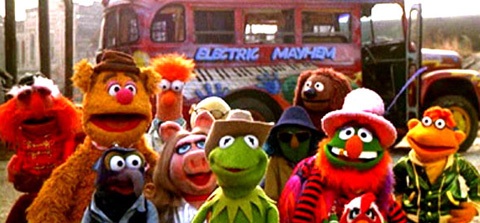
Created at around the same time, the Muppets give off the same utopian sense of optimism that the original Star Trek series does. But the Muppets are even more effective because they are not quite as consciously political. On Star Trek, we’re occasionally hit over the head with the idea: “If we can stop all this war and prejudice nonsense, we can all get along — Soviets, Americans, aliens, everybody.” It’s heartfelt, but a little ham-fisted.
But with the Muppets, we’re asked to accept without question the idea that a bear and a frog are friends. And we do. And that’s awesome. At the heart of this quirky little puppet show is the idea that difference isn’t a barrier to love.
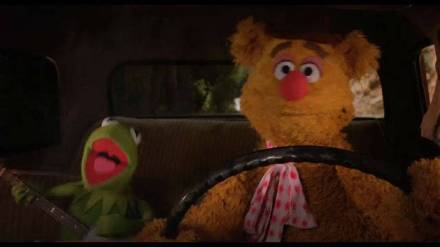
Which points towards the fact that the sensibility of the Muppets is more than just multiracial and multicultural — it’s queer. I do not use the term to mean (necessarily) gay — to be queer is to subvert heteronormative behavioral expectations, whatever your gender or sexual orientation. And the Muppets do that all the time.
Take the off-beat relationship between Gonzo and his girlfriend Camilla the chicken. Or the familial structure of the Muppets — living together in a big community house, in a family that is structured by mutual affection and shared values rather than genetic ties. Most obviously, take Kermit the Frog and Miss Piggy — they are one of pop culture’s most recognizable couples, and yet they subvert gendered expectations at practically every level.
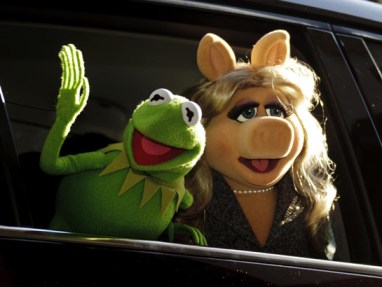
Against gender stereotypes, Piggy usually pursues Kermit. She is outspoken, physically imposing, and independent; he is soft-spoken, gentle, and community-minded. They manage to embody hetero norms while simultaneously contradicting them.
I may be accused of reading too deeply into children’s entertainment, but I think the fact that this subversive diversity is present in children’s entertainment is what makes it so significant. While so much of children’s media is conventional in its gender and sexual politics, the Muppets provide an alternative glimpse into a positive, family-friendly portrayal of queerness.
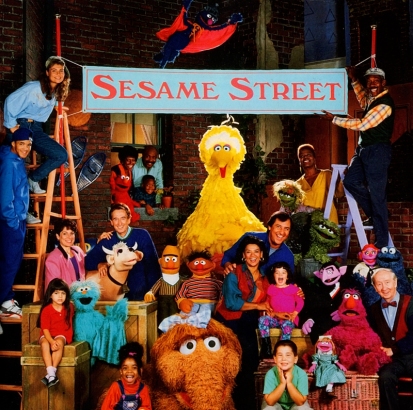
The first television show that many of us ever saw was Sesame Street. From this incarnation of the Muppets we learned not just numbers and letters, but the multiplicity of forms that family can take — families on Sesame Street are multiracial, inclusive of people with disability, bilingual, headed by women, families of choice — all forms of family that subvert patriarchal norms.
Of course, in the utopian communities portrayed in the world of the Muppets, we see America through rose-colored glasses. This is satirized in the musical Avenue Q, where Muppet-like characters have to face the problems embedded in the real world — racism, unemployment, homophobia. It points out that our world isn’t quite as nice as what Sesame Street prepares us to expect.
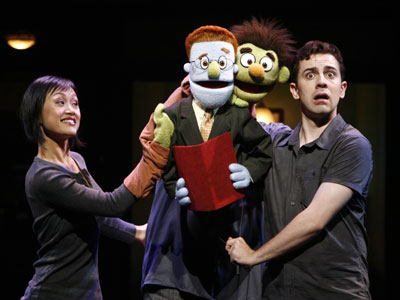
However, Henson’s creations are not meant to reflect society’s realities — they are meant to reflect our aspirations. As Henson himself said, “I’ve always tried to present a positive view of the world in my work. It’s so much easier to be negative and cynical and predict doom for the world than it is to try and figure out how to make things better. We have an obligation to do the latter.”
And so even as we live in a country where people of color are still systematically oppressed, where religious minorities are persecuted, and where queer people are murdered, our hopes are raised by the dream of a better world. We attempt to form communities that go against the grain and create spaces where we can be our full selves. In these “queer” spaces, we are liberated from society’s expectations.
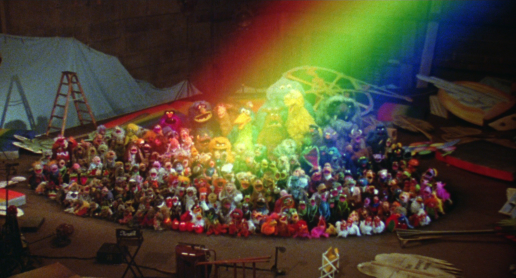
As even the ever-optimistic Kermit points out, it’s not easy being green — to be “other” because of our skin color or gender or sexuality. But when we learn that our difference is what makes us beautiful — individually and in community — we realize that “it’s all we wanna be.”






